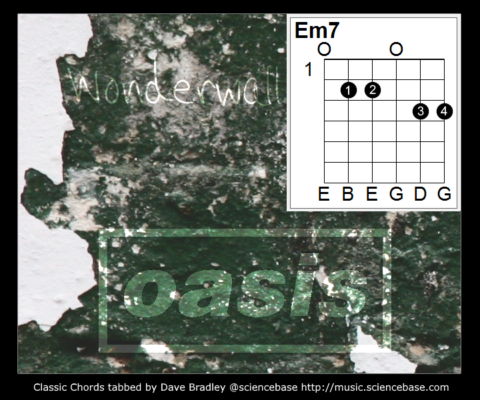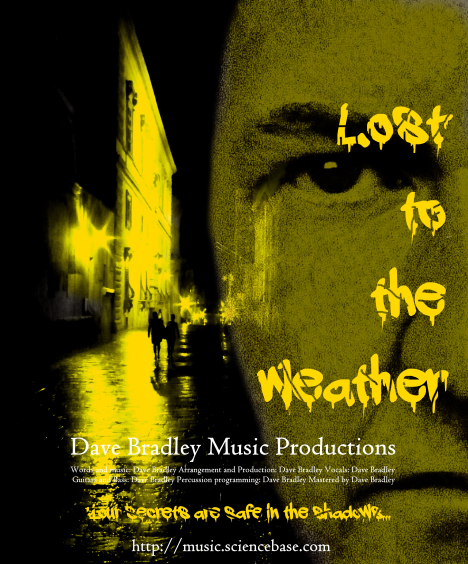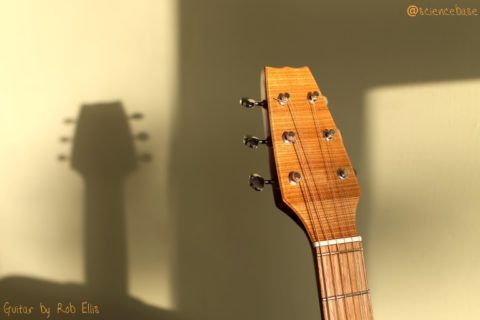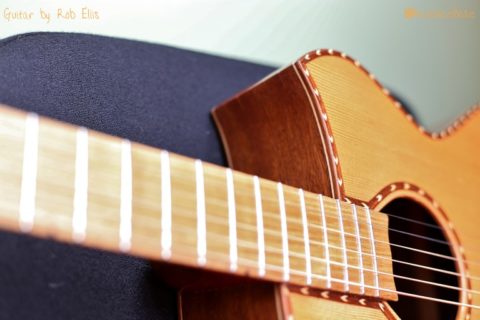A spot of post-holiday proggy angst about tides and eternity…usual happy-go-lucky stuff. Added to my now five-track Detail is a Devil EP available on BandCamp.
One listener waxed lyrical about the track:
“…cool, melancholic rock number with an urgent beat and predatory electric guitar waiting to move in; the change in tempo depicting the power of the sea. This contrasts well with the acoustic guitar which, all the while, holds on to the narrator’s idea of life’s sad thread. The echoes and whispers add drama and tension whilst the lyrics unfold a wistful message. A theatrical number which holds on to the listener like a limpet to granite rock.”
For some of us, it’s a story too far
Of distant lands, of pearls and bars
For others there’s still a life untold
In dusty towns where they never found gold
There are those who take it all too hard
They stake their claims but bear the same scars
For others there’s still a grief unsound
In dusty towns unholy ground
But either way, the sea’s unchanged
The lies it hears the lives it takes
All of them are foam upon the waves
And though some are lost, none are ever saved
For others there’s a grief uncrowned
In gusty towns on holy ground
The tide that never turns
The sun that never burns
The summer wind that only makes you yearn
For storms to ride and waves of pride
On a tide that never turns
The tide that never turns
We all deride the waves of pride
You will never learn
On a tide that never turns
Three lost cities beyond the wind
Fatigued by fear, the changes begin
If time and tide sweep all away
Then what are we but the ocean spray?
Yet either way, the seasons change
The smiles we fake and rearrange
Emotion lost unto the feign
Now summer’s gone we all feel the same pain
The tide that never turns
The sun that never burns
The summer wind that only makes you yearn
For waves to ride
and ways to hide
From a tide that never turns
From a tide that never turns
We all deride the waves of pride
You will never learn
On a tide that never turns
Words and music, vocals, instrumentation, photo and cover art by dB.
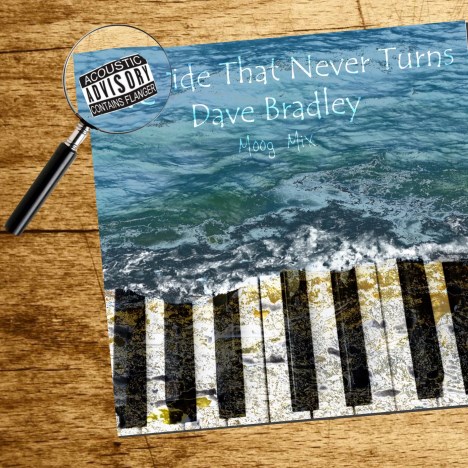
UPDATE: I couldn’t leave this song alone…it went through at least 5 remixes with several retakes of the vocals and the guitar solo…and I was happy with it…until the phrase Moog Taurus bass pedals popped into my head and ohhhh…I just had to add some of those classic earbusting sounds ever-present in the late 1970s prog of Rush, Yes, and countless others. And, then, of course, once you’ve kicked your heels with the Taurus, the track was just begging for some Minimoog…which it’s now got, I think it lends some additional atmosphere and makes it even more of a not-so-heavy offspring of Rush’s Cygnus X-1 or Jacob’s Ladder and probably a thousand other songs I’ve absorbed over the last half a century. You can stream this final version for free from SoundCloud or download it from Bandcamp.
UPDATE: Of course, as ever, when I said “final”, I didn’t mean the last mix. I’ve now remixed one track of the acoustic guitar and added a bit of flanger to it, just to make sure you’re fully aware that this song is fully immersed in the 1970s. As promised, I did the high-quality master for BandCamp, which means you can download it as a high-quality mp3 or flac converted from the native wav file format.
It all probably sounds even more like I was attempting to emulate late-70s Rush now, although my voice hasn’t been as high as Geddy’s since 1979! I’ve treated the acoustic with a bit of old-school flanger in places and issued an acoustic advisory to the cover.
This song has to be the epitome of the sort of music I enjoyed as a teen when I was first learning to play guitar…and trying to work out Rush, Bowie, Pink Floyd and even Nile Rodgers stuff…here I really let free my inner Lifeson…but there are definite hints of the other db, Nile Rodgers, David Gilmour, Steve Howe and Chris Squire from Yes. You could call it a Permanent Moog X-1 Oddity.

